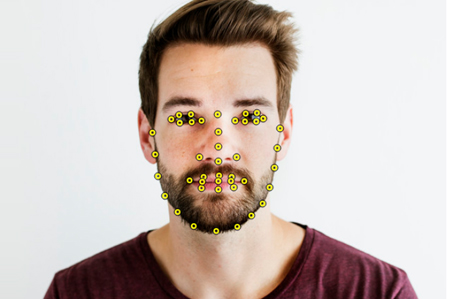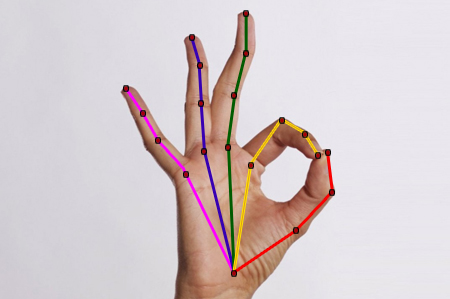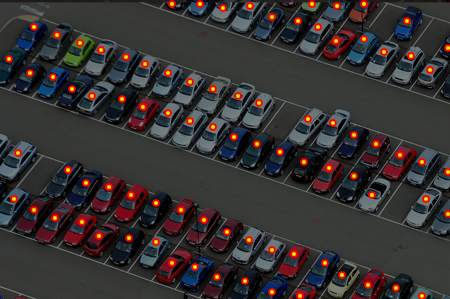Your personal data shared with us through this form will only be used for the intended purpose. The data will be protected and will not be shared with any third party.
Your personal data shared with us through this form will only be used for the intended purpose. The data will be protected and will not be shared with any third party.
Like any other type of annotation service landmark annotation services is one of the significant processes researchers rely on to help machines recognize objects within their surroundings through computer vision. When performing data annotation work, the annotators would have to detect the moving objects using various techniques to make them recognizable to the machines. In this article, we will take a deep dive into landmark annotation and look at some of the industries where its importance is growing, the various applications of such annotation methods, and many other details.



Landmark annotation service, often known as dot annotation or pose estimation or keypoint annotation, generates dots/points throughout an image. It's a type of annotation used generally for computer vision systems. In this kind of annotation of photos with numerous little items, it uses a few dots to label objects. Still, it is more typical for many dots to be connected together to indicate an object's outline or skeleton. Larger dots are occasionally used to identify important/landmark sites from surrounding areas. Still, the size of it is changeable.
For the landmark annotation service to work, the labeler must label significant points at specific locations in order to provide landmark annotation. Counting apps, as well as gesture and facial recognition applications, frequently employ such labels. Next, the density of the target object inside a scene is indicated by keypoint annotation in the counting applications (e.g., skating kids in a wide area). Along with this, a combination of the pose and facial recognition apps is employed to detect the major key points and figure out how each point in motion moves.
More precisely, it's plotting a series of points to build accurate datasets that determine the shape of various sized items. Further, allowing the computers to detect the smaller ones or targeted points in there.
To determine a gesture or facial recognition application, landmark annotation is used to label key points at specific locations. It's primarily utilized in counting apps that use the landmark point annotation to determine how dense an object is in a particular area. It aids in a better understanding of each point motion's moving trajectory in the targeted item.
In 2D photos and movies, landmark annotation is also used to detect human figures and estimate human poses accurately. In addition to recognizing human facial expressions and emotions. The posture of athletes in a group or an individual sports person performing an action while playing a game on the field can be analyzed using machine or computer vision of such annotators.
For Better Accuracy, landmark annotations perform analytical landmarking. In 2D photos and videos, AI is trained to help in the accurate recognition of human figures and to estimate different human positions. Aside from facial recognition, it's also utilized for sentiment analysis and autonomous vehicle pedestrian motion prediction. With the highest accuracy, one can turn raw data into landmarks on items of interest with these annotations.
It's just a matter of choosing the correct tools for the job. One can do almost everything you want to achieve with computer vision. Now that you've learned more about the many forms of image annotation's landmark type and their probable use cases with land annotation. The best thing to do is try them out and keep experimenting to gain more about their applicability elsewhere. Further, this will develop a new arena for landmark annotations and help you see how they function for your application.
Any Questions? Contact / Call / Email Us Right Away!
Get in touch